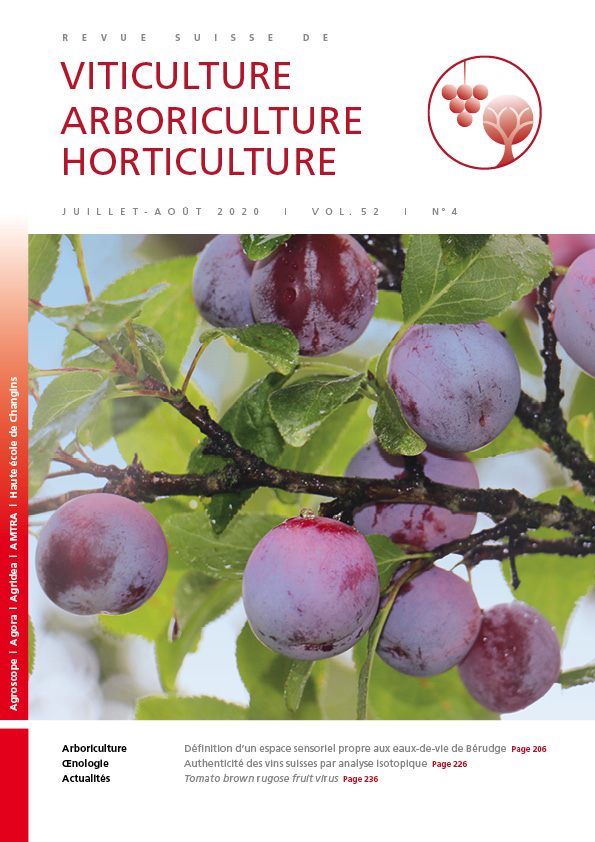
Issue 4 - July - August 2020

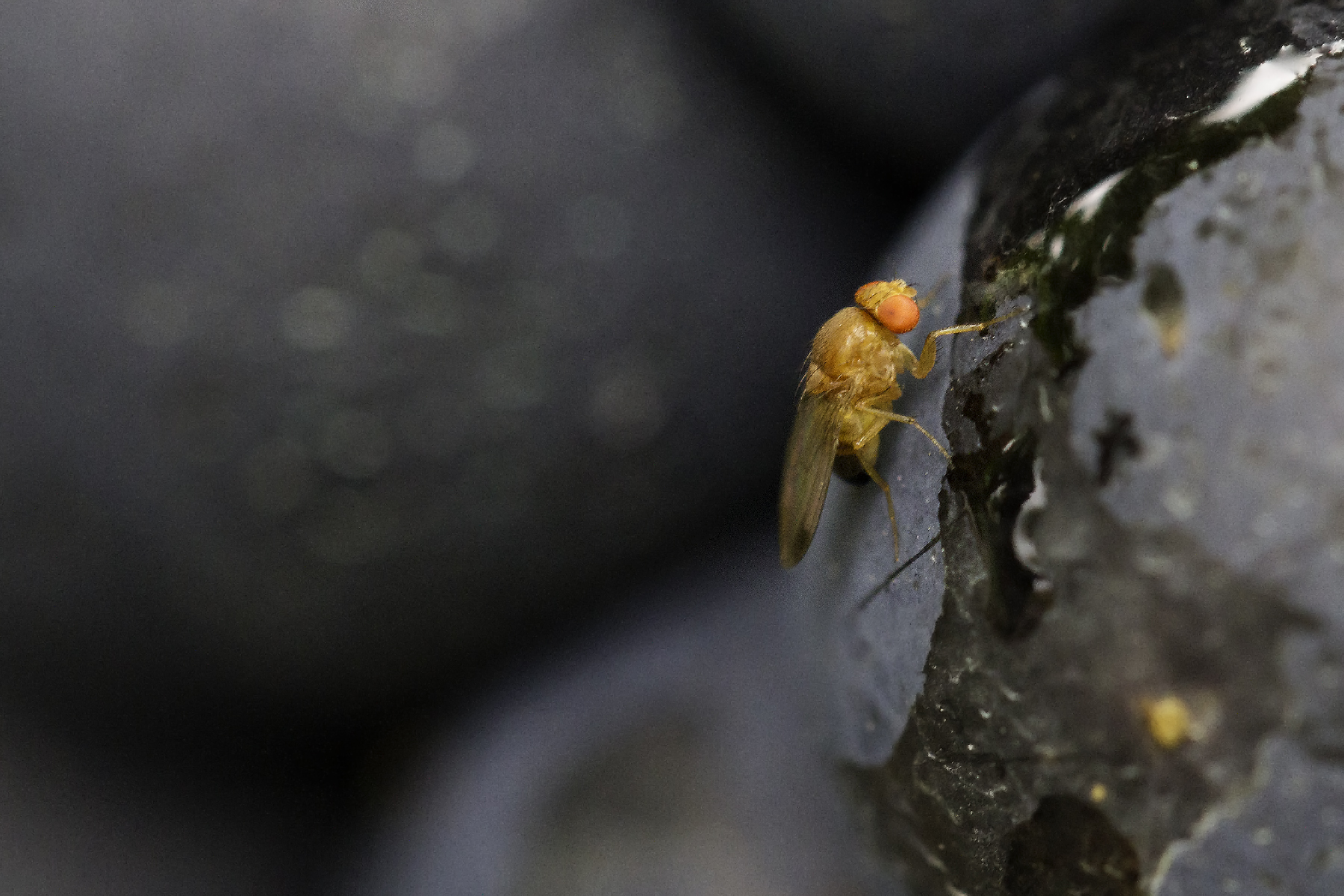
Abstract in open access
Drosophila suzukii is a polyphagous insect that can also develop on grapevines. In Switzerland, the Spotted wing drosophila is controlled by preventive measures and by kaolin, an inert rock powder consisting of aluminosilicates. This powder adheres to the surface of grapes and forms a physical barrier that reduce oviposition by the pest. Here we present our recent insights on the efficacy of kaolin against D. suzukii as well as on the chemical and sensory properties of the wines produced from kaolin treated grapes. In 23 field trials on various cultivars, kaolin (Surround WP®) achieved an average efficacy of 56% and no significant differences could be observed between kaolin applications at 1% and 2% or preventive and curative treatments. An additional field trial on the red grape variety Mara revealed that three applications of kaolin at 1% or 2% did neither affect fermentation nor the chemical properties of these wines compared to the untreated control. Although the aluminium concentration in wines increased slightly with the applied dosage of kaolin, the measured aluminium levels remained by far under the tolerated threshold. Additionally, tasters failed to distinguish the aroma and the taste of wines processed from kaolin treated grapes from the untreated control. We therefore conclude that kaolin is effective against D. suzukii in vineyards and that it raises no major risks for the environment, wine quality and human health.
Keywords: Vitis vinifera; organoleptic tests; aluminosilicate mineral; aluminum
E-Mail: christian.linder@agroscope.admin.ch
Adress: Agroscope, 1260 Changins/Nyon
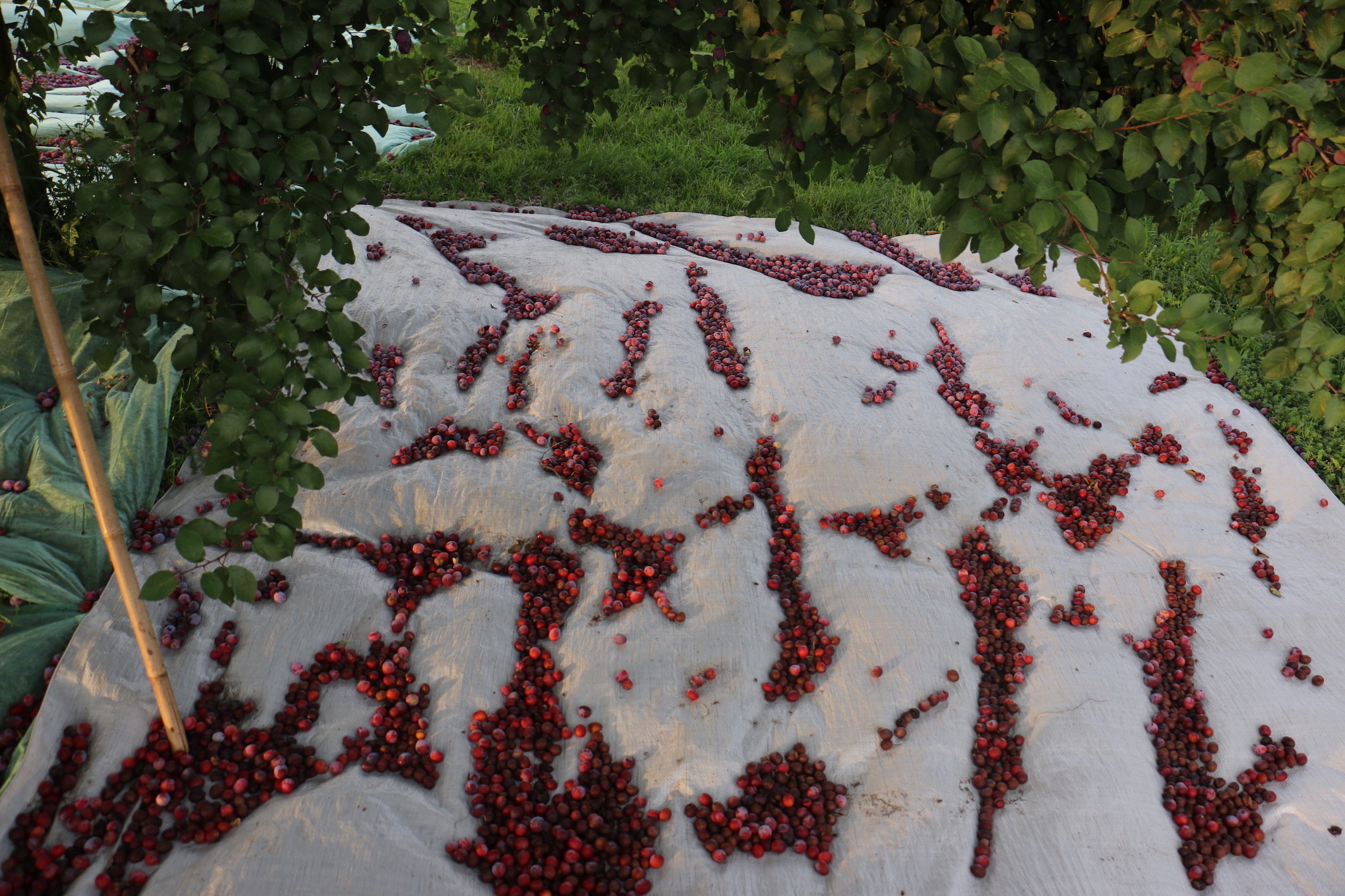
Abstract in open access
Producers and distillers of the “Région des Trois-Lacs” have begun a process for recognition of their Bérudge spirit as Protected Designation of Origin (PDO). Theses brandy are mainly produced from plum of Cornaux and Andrière, or similar morphologically varieties. In this recognition process, tasting sessions permitted to identify the specific sensory characteristics of the Bérudge spirit. In addition to plum odors, these spirits have pastry aromas added up to unctuosity in mouth. Finally, chemical analyzes highlighted the high maturity of the fruits.
Keywords: Bérudge spirit, Protected Geographical Indication (PGI), typicity, tasting, sensory characteristics, chemical analysis.
E-Mail: pascale.deneulin@changins.ch
Adress: School of Engineering at Changins
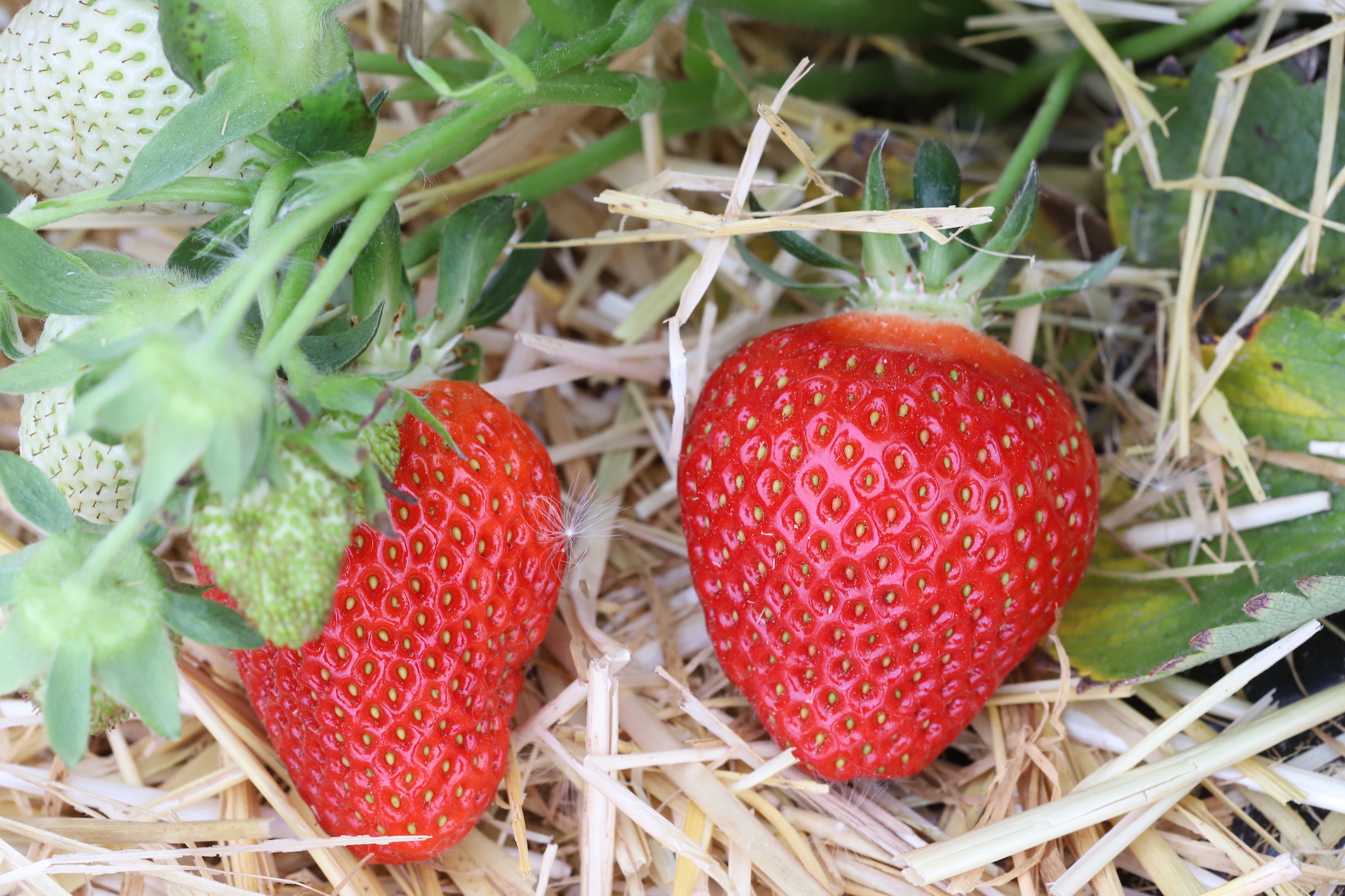
Abstract in open access
The Swiss production of strawberries is aimed exclusively at the local fresh market. Significant fluctuations in the taste and nutritional quality of strawberries have been observed by consumers. The objective of these studies was to analyse the factors of variation of these two quality parameters. These studies have shown the essential role of the variety on the taste and nutritional quality of strawberries. The leaf/fruit ratio is probably an essential element to be considered to explain varietal différences and improve the quality of strawberries. Environmental effects such as altitude, latitude and plastic tunnel are very important for the formation of fruit yield, but influenced not very much the taste and nutritional quality of the strawberries. Within the same variety, the stage of ripeness strongly influences the nutritional and taste quality of the strawberries, especially the aromas at the end of ripening. However, the harvest period has mainly influenced the taste quality and not the nutritional quality of the strawberries.
Keywords: Anthocyanins, flavour, sugars, total polyphenols, vitamin C.
E-Mail: christoph.carlen@agroscope.admin.ch
Adress: Agroscope, 1964 Conthey
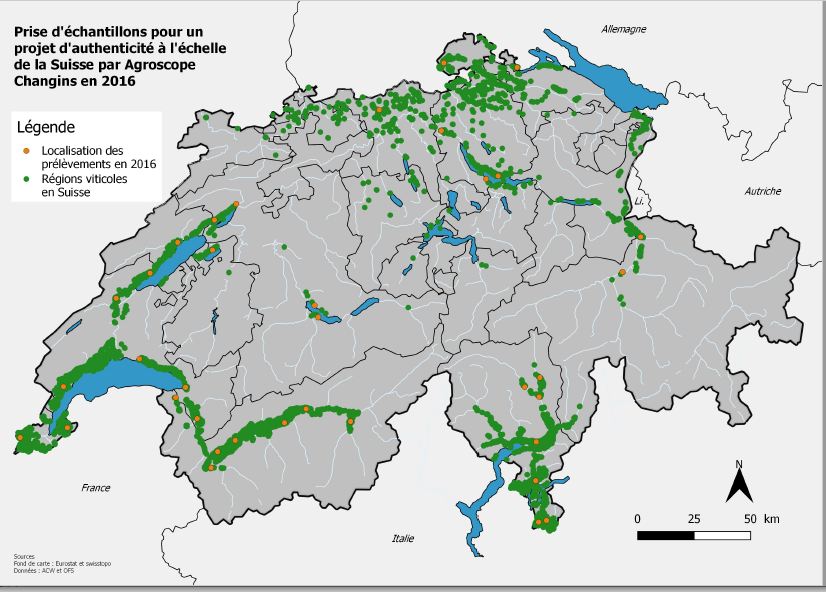
Abstract in open access
This article is the result of the Mandate of 12 December 2016 between the Swiss Confederation and the Swiss Wine Trade Inspection (CSCV) concerning wine authenticity inspections It consists of contributions from Agroscope, the Valais Consumer and Veterinary Affairs Service (SCAV) and the CSCV, and encompasses the synthesis of the samples taken in 2016, 2017 and 2018 at 40 winemakers throughout Switzerland, as well as the analysis of these samples by the SCAV. Wine origin authentication is based on the oxygen isotope ratio (18O/16O), which is linked to the world’s water cycle. The characterisation and comparison of the natural isotopic composition of different plant species and their growing areas has enabled verification of the conformity of origin of certain agricultural products. The ‘measurement of the 18O/16O isotopic ratio for liquid samples with Gasbench’ method described in this report is a highly stable method which the SCAV has thoroughly mastered. The results achieved with this method ( -18O values) help monitor the indication of origin on a wine label. The same databases and analytical method can be used to inspect a watered-down wine. Because of the annual variations, a database must contain all vintages ( -18O authenticity of Swiss wines) in order to be useful. The report deals with sampling, vinification and analysis methods, as well as the future aspects of the project.
Keywords: Authenticity, Swiss wines, Isotopic ratio, Oxygen, Origin, Water cycle, Vinification
E-Mail: gilles.bourdin@agroscope.admin.ch
Adress: Agroscope, 1260 Changins/Nyon

 Download of full issue
Download of full issue
 Download article
Download article